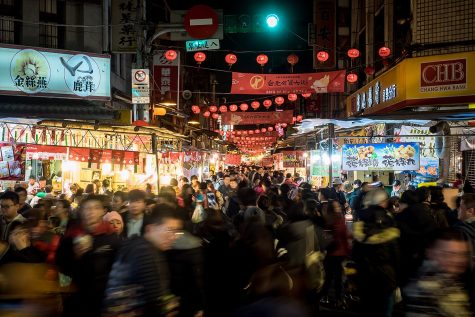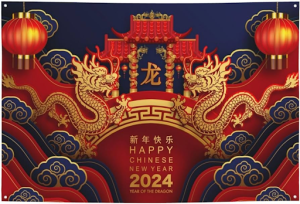New Name for the New Year
February 24, 2023
While January might be considered a rather mundane and overlooked month, this isn’t the case for those who celebrate the Lunar New Year. This is the time of the year when people celebrate the start of the lunar calendar, which follows the monthly cycles of the phases of the moon. It begins on the first new moon of the year and ends on the first day of the full moon, around 2 weeks later. This is the reason why the date always differs from year to year.
Although it has been infamously called “Chinese New Year,” it’s not only China that celebrates this auspicious holiday; it is also observed by countries such as Taiwan, Korea, the Philippines, Singapore, Vietnam, and many more which have their own set of traditions, customs, and beliefs on this fifteen-day culmination of events. Many spend their days with families and loved ones with various feasts and festivities across the duration of the holiday.
The name “Chinese New Year” is not used in all other countries. Although in Chinese it is called “Chūnjié,” meaning “Spring Festival,” other nations have their own unique takes on it. For example, South Koreans named their celebration “Seollal,” which translates as “Korean Lunar New Year.” In Vietnam, they call it “Tết.” Meanwhile, Tibet labeled it “Losar.”

Despite the difference in names and definitions, the concept behind this special occasion is relatively the same. It is not only tied to being welcoming of what is to come next, the time of renewal, and moving forward, but it is also a time to remember one’s family, spend time with them, and share abundant blessings with one another as another year has gone by.
I grew up in the Philippines. Due to the large population of Filipinos with Chinese descent in the area where I was raised, we usually called this celebration “Chinese New Year.” However, there is a word from the Philippine Hokkien dialect that combines the city’s name and the word “Laodiat,” which means “festival,” and this term was coined in 2006.
I vividly remember that not long after the Christmas decorations would be put away in storage, the city workers would already begin to fill the streets with bright red lanterns that would hang across the skylines, and the local square would come alive with various activities, events, and promotions during this time of the year, which included but was not limited to a float parade, an annual food alley featuring Filipino-Chinese cuisine, and street dancing.
I attended a school that actively embraced its cultural roots, which only heightened my love for this holiday. Students would craft their own unique lanterns to be hung around the school corridors, practice traditional dances from various regions and points in history, sing songs in multiple languages, and watch stories that originated from folklore be brought to life on the stage. Some of my friends would also participate in the yearly Chinese traditional dance showcase at the heart of the city that would last from the late afternoon to sometime around midnight, while others joined in the dragon dance that would tour around the city.
“One of my favorite memories from our celebration of Chinese New Year was the giving of red envelopes from my friends and family.” Lisa, a friend of mine, shares with me. “Another one that I cherish is dressing up for the occasion with traditional clothing or wearing something that has the lucky colors, such as red and yellow.”
Although the world has called it “Chinese New Year,” it’s only one among the hundreds of other celebrations that are observing the same event with their own cultural touch, which is why it is important to say “Lunar New Year” to be more inclusive to the other nations and their backgrounds.






